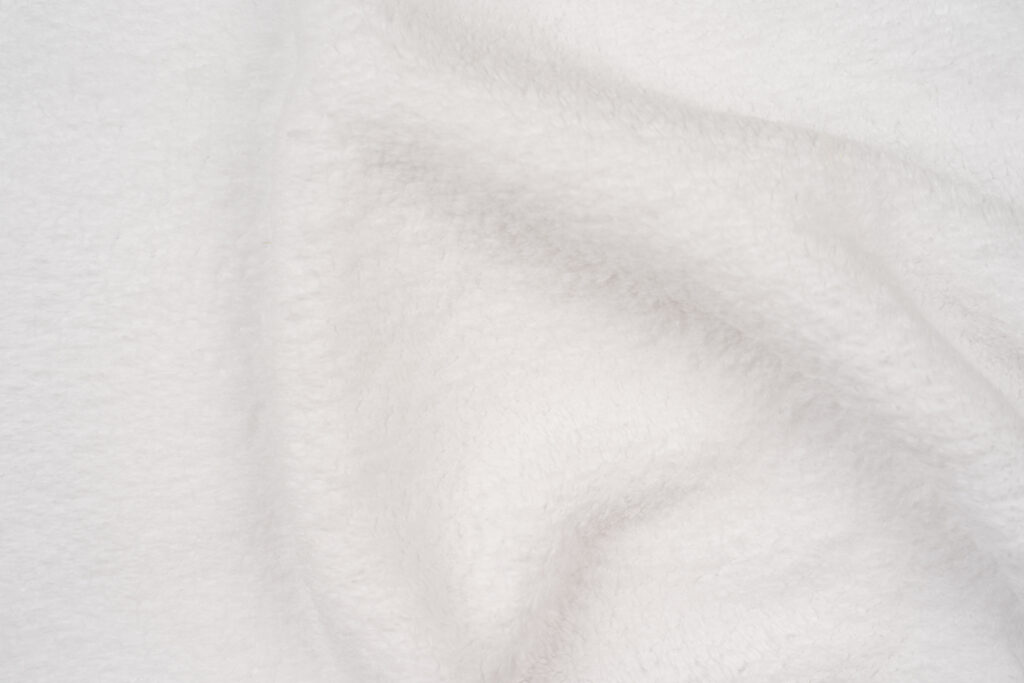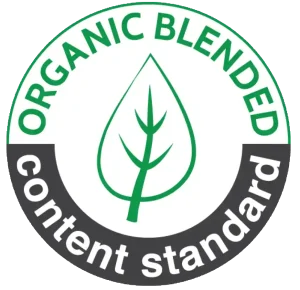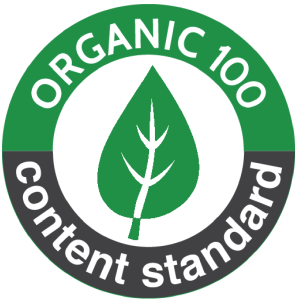Before cotton fabric is dyed, printed, or finished, the pre-treatment stage plays an extremely important role. It determines the colorfastness, softness, absorbency, and even the lifespan of the finished fabric. However, cotton fabric pre-treatment technology often encounters several common technical errors if the process is not strictly controlled.
So, what are these errors? Why do they happen, and how can they be fixed? This article will help you clearly identify each error and provide practical solutions from textile industry technical experts.
1. Overview of Cotton Fabric Pre-treatment Technology
Nội dung tóm tắt
Toggle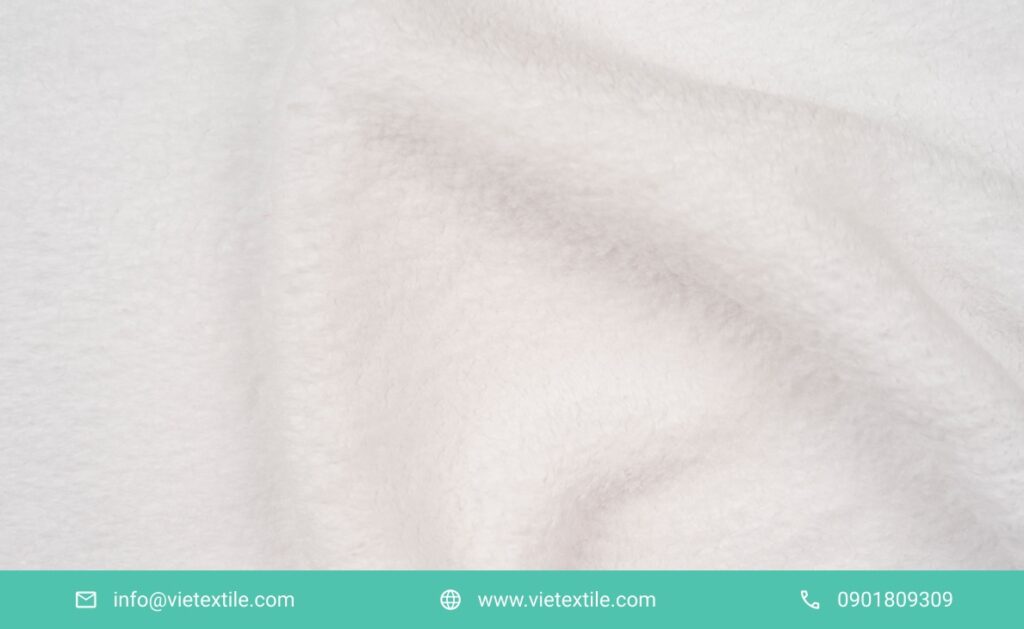
Cotton fabric pre-treatment technology is a fundamental step in the fabric finishing process, including stages such as desizing, scouring, bleaching, and mercerizing. The goal is to remove natural and chemical impurities on the fabric surface such as waxes, oils, sizing agents, or pesticide residues, thereby making the fabric clean, soft, and easy to absorb dyes or inks.
Correctly controlling the temperature, time, chemical concentration, and processing speed at each stage is the key to preventing technical errors from occurring during production.
2. 5 Common Errors in Cotton Fabric Pre-treatment Technology and How to Fix Them
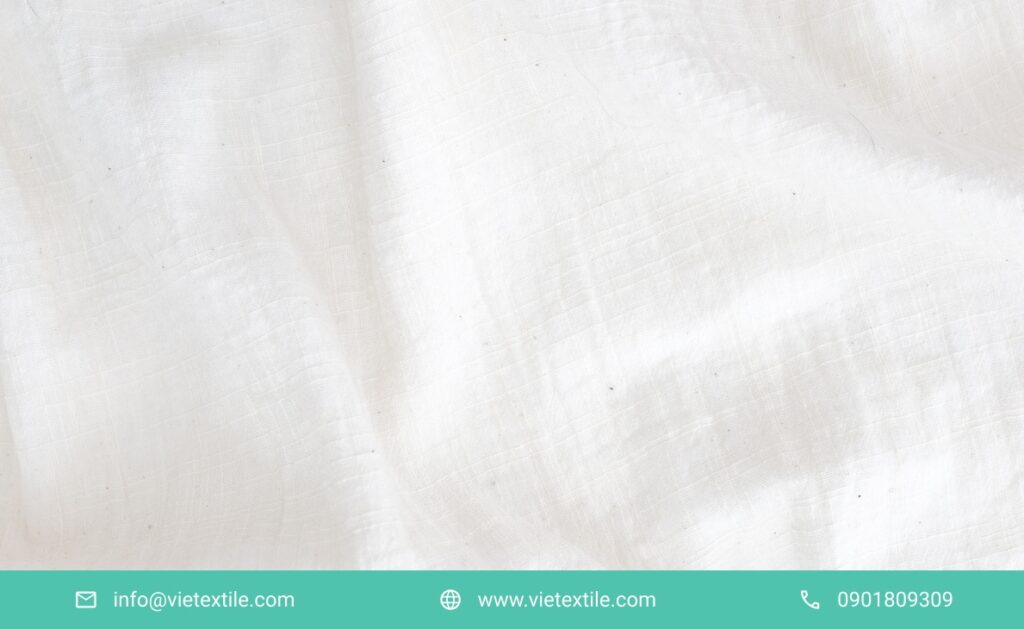
2.1. Fabric Turns Yellow or Stained After Treatment
One of the most common errors in cotton fabric pre-treatment technology is the fabric turning yellow or developing stains after treatment. This seriously affects the base white color of the fabric, reducing its aesthetic appeal and uniformity for subsequent printing or dyeing.
Cause: This error often occurs when the bleaching process is not well-controlled. The hydrogen peroxide concentration may be too low or lack stabilizers, preventing thorough oxidation. Additionally, if the pH during the process is not maintained at the ideal level (around 10.5) or if the water contains high concentrations of metal ions, it can cause adverse reactions that yellow the fabric.
Solution: Precisely control the concentration of hydrogen peroxide and stabilizers in the process. Maintain the pH at an optimal level of around 10.5 to increase bleaching efficiency and reduce the risk of fabric discoloration. Additionally, use soft water or install a water filtration system in the process to remove heavy metal ions like iron and copper. The presence of these ions in the water can react with bleach or dyes, causing unwanted discoloration or stains on the cotton fabric.
2.2. Fabric Does Not Absorb Water or Absorbs Unevenly
After applying cotton fabric pre-treatment technology, the fabric needs to have good water absorbency to ensure that dyes and inks adhere evenly. However, in many cases, the fabric has poor or inconsistent absorbency between different areas, which affects the quality of the finish.
Cause: The main cause comes from ineffective desizing or scouring. If the sizing agent or natural oils on the fibers are not completely removed, they create a barrier that prevents water from penetrating. Low processing temperatures or insufficient soaking time also reduce the effectiveness of surface cleaning. Furthermore, if the water absorbency is not checked periodically with a drop test method, these errors can be easily missed.
Solution: Increase the desizing time and use appropriate desizing enzymes. Scouring should be performed at a stable temperature of 95–100°C and maintained for at least 60 minutes to ensure the complete removal of natural impurities, oils, and waxes still clinging to the cotton fibers. Insufficient time and temperature will result in incomplete cleaning, leading to poor or uneven fabric absorbency. In addition, the fabric’s water absorbency should be checked periodically with a drop test method. This method helps to accurately assess the level of penetration and water absorption of the fabric after treatment. If the fabric fails to meet the requirements, the technical parameters of the cotton fabric pre-treatment technology machine should be adjusted immediately before moving to the next stage.
2.3. Fabric Becomes Stiff and Fails to Meet the Required Softness
Cotton fabric treated with cotton fabric pre-treatment technology should achieve an appropriate level of softness for easy processing and to enhance the comfort of the wearer. If the treatment process is incorrect, the fabric can become stiff, rough, and difficult to process further.
Cause: Stiff fabric is often a result of overly aggressive mercerizing, using a high concentration of caustic soda (NaOH), or an excessively long processing time. Additionally, if a silicone-based softening step is not added after washing and neutralization, the fabric surface will not achieve the desired softness. Not thoroughly washing out residual alkali after mercerizing also makes the fabric fibers feel dry and rough.
Solution: Reduce the concentration of caustic soda (NaOH) during mercerizing. After the alkali treatment, adding a softening step is essential. Using a silicone-based softener helps improve the fabric’s feel, making the surface soft, smooth, and enhancing the tactile quality of the finished product. At the same time, the time and process for re-washing after alkali treatment need to be strictly controlled. If the residual alkali is not thoroughly removed, the fabric can become rough and react with chemicals in the next dyeing stage, affecting the color result and durability of the cotton fabric.
2.4. Streaks or Uneven Patches Appear
The appearance of color streaks or uneven patches on the surface is a sign of non-uniform chemical distribution or mechanical errors in the treatment. This greatly affects the surface consistency of the fabric for printing or dyeing.
Cause: A common cause is that the fabric is not spread evenly when fed into the cotton fabric pre-treatment technology machine, leading to inconsistent chemical contact. Additionally, clogged nozzles or chemical brushes that distribute chemicals unevenly can also create patchy areas. A lack of machine maintenance or not using an automatic chemical dosing system will increase the risk of streaks or patches appearing on the fabric.
Solution: Evenly and correctly lay the fabric when feeding it into the machine. Regular maintenance of the nozzle system and chemical brushes is essential to ensure that the cotton fabric pre-treatment technology machine distributes chemicals evenly over the entire fabric surface. If these devices are clogged, misaligned, or operating inconsistently, it can easily lead to streaks or patches. Furthermore, using an automatic chemical distribution system helps to precisely control the concentration and amount of chemicals at each stage of the process. This not only increases uniformity but also minimizes the risk of errors due to manual handling.
2.5. Chemical Residue Affects Subsequent Dyeing/Printing
If, after applying cotton fabric pre-treatment technology, the fabric still has residual alkali, bleach, or other chemical impurities, the subsequent dyeing and printing process will be seriously affected. Uneven, patchy, or completely incorrect colors are the common results.
Cause: The main reason is insufficient washing after applying cotton fabric pre-treatment technology or a lack of a neutralization step for residual alkali. If a mild acid (such as acetic acid) is not added after bleaching and scouring, the pH on the fabric surface remains alkaline, which reacts with the dye. Using washing water that is not hot enough or not changing the wash water between batches can also leave chemicals trapped in the fabric fibers.
Solution: Add a neutralizing step with a mild acid (like acetic acid). After the neutralization process, continuous washing with hot water is necessary to completely remove residual alkali and chemical residue remaining in the fabric fibers. This helps reduce the risk of adverse reactions in subsequent stages like dyeing and printing. Additionally, before moving to the dyeing step, a pH meter should be used to check the pH on the fabric surface. This ensures that the pH has returned to a neutral level, helping the dye function stably and produce accurate colors.
3. Expert Tips from VieTextile
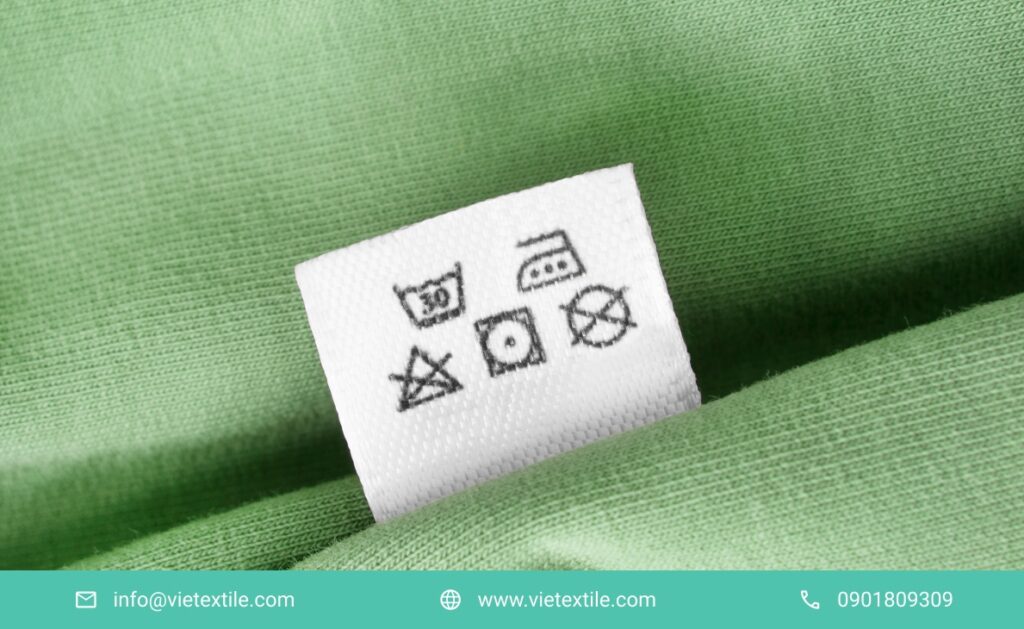
According to specialists at VieTextile, more than 60% of errors in printing and dyeing result from a sub-standard cotton fabric pre-treatment technology stage. Here are some notes from real-world production:
- Before starting the operational process, technical experts recommend always measuring and controlling important parameters like pH, water hardness, and chemical concentration. These are factors that directly affect the efficiency of cotton fabric pre-treatment technology and the stability of the finished cotton fabric.
- In addition, the quality of each incoming fabric batch needs to be checked, especially the difference between natural cotton and compact cotton. Natural cotton usually contains more organic impurities, and if not thoroughly removed, it will affect the fabric’s whiteness and absorbency.
- In the trend of green production, the use of biological enzymes to replace harsh chemicals is being encouraged. For high-end products or those that need to achieve eco-friendly certification, enzyme treatment helps ensure fabric cleanliness while maintaining softness and skin safety.
4. Where to Get Technical Advice and Cotton Fabric Treatment Chemicals?
To optimize your cotton fabric pre-treatment technology process, you should choose a supplier who can partner with you on both a technical and product level.
VieTextile – Comprehensive fabric treatment solutions:
- Consultation on suitable treatment formulas for each type of cotton (carded, combed, OE…).
- Supply of treatment chemicals that meet REACH and OEKO-TEX standards.
- Available with pH meters, hardness meters, and automatic chemical dosing systems.
- On-site technical support team to directly fix errors on the production line.
Contact: 0901 809 309
Website: https://vietextile.com

